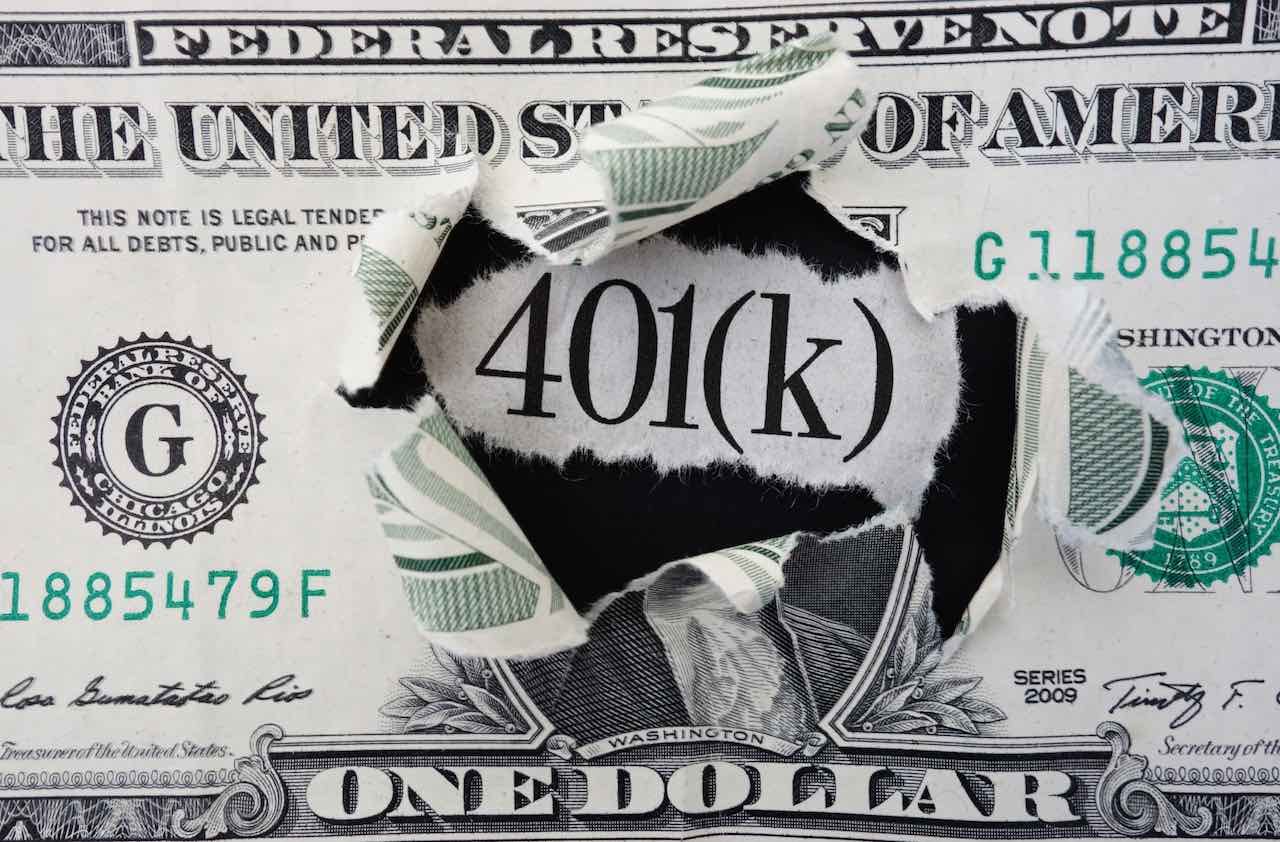How to Withdraw From Your 401(k) Plan in Retirement
The rules for accessing your money are determined by your employer's plan.


Whether you can take regular withdrawals from your 401(k) plan when you retire depends on the rules for your employer’s plan. Two-thirds of large 401(k) plans allow retired participants to withdraw money in regularly scheduled installments -- say, monthly or quarterly. About the same percentage of large plans allow retirees to take partial withdrawals whenever they want, according to the Plan Sponsor Council of America (PSCA), a trade association for employer-sponsored retirement plans.
Other plans offer just two options: Leave the money in the plan without regular withdrawals, or take the entire amount in a lump sum. (Check your 401(k)'s summary plan description, which lays out the rules, or call your company's human resources office.) If those are your only choices, your best course is to roll your 401(k) into an IRA. That way, you won't have to pay taxes on the money until you start taking withdrawals, and you can take money out whenever you need it or set up a regular schedule.
If your company's 401(k) allows periodic withdrawals, ask about transaction fees, particularly if you plan to withdraw money frequently. About one-third of all 401(k) plans charge retired participants a transaction fee, averaging $52 per withdrawal, according to the PSCA.

Sign up for Kiplinger’s Free E-Newsletters
Profit and prosper with the best of expert advice on investing, taxes, retirement, personal finance and more - straight to your e-mail.
Profit and prosper with the best of expert advice - straight to your e-mail.
Benefits of staying put. Leaving money in your 401(k) plan after you retire can have significant benefits. Large plans often have access to institutional-class shares of mutual funds, which typically charge lower fees than the retail versions. In 2014, the average expense ratio for a stock fund in a 401(k) plan was 0.54%, compared with an average of 1.33% for all stock funds, according to the Investment Company Institute. Participants in the Thrift Savings Plan, the retirement-savings plan for federal government employees, have an especially powerful incentive to stay put, says Drew Weckbach, a certified financial planner with Scaling Independence, in St. Louis. The average expense ratio for funds in the TSP portfolio is 0.029%.
Many 401(k) plans offer a stable value fund, an option that's not available in an IRA. These low-risk funds, with recent yields averaging 1%, offer an attractive alternative to money market funds, which are currently yielding just slightly above 0%. And unlike bond funds, stable value funds won't take a nosedive if interest rates rise.
The IRA advantage. If your 401(k) plan charges high fees and is stocked with poor-performing funds, you'll want to roll your money into an IRA as soon as you leave your job. And there are other reasons to roll your money into an IRA. You can select which funds to sell when you make a withdrawal -- something your 401(k) plan administrator likely won't let you do, says Daniel Lash, a certified financial planner with VLP Financial Advisors, in Vienna, Va. Most plans take an equal amount from each fund in the portfolio. In 2008, when stock funds fell 40% or more, such withdrawals would have been devastating.
In addition, if you already have an IRA (or IRAs), consolidating all of your savings under one roof or, for traditional IRAs, even in one account will make it easier for you to figure out the amount of required minimum distributions you must withdraw when you turn 70 1/2. RMDs are calculated by dividing the account balances of all of your IRAs at year-end by a life expectancy factor set by the IRS. You can withdraw the money from one IRA or a combination. However, if you have money in a 401(k) plan, you must take a separate RMD from that account, based on its value at the end of the year.
Get Kiplinger Today newsletter — free
Profit and prosper with the best of Kiplinger's advice on investing, taxes, retirement, personal finance and much more. Delivered daily. Enter your email in the box and click Sign Me Up.

Block joined Kiplinger in June 2012 from USA Today, where she was a reporter and personal finance columnist for more than 15 years. Prior to that, she worked for the Akron Beacon-Journal and Dow Jones Newswires. In 1993, she was a Knight-Bagehot fellow in economics and business journalism at the Columbia University Graduate School of Journalism. She has a BA in communications from Bethany College in Bethany, W.Va.